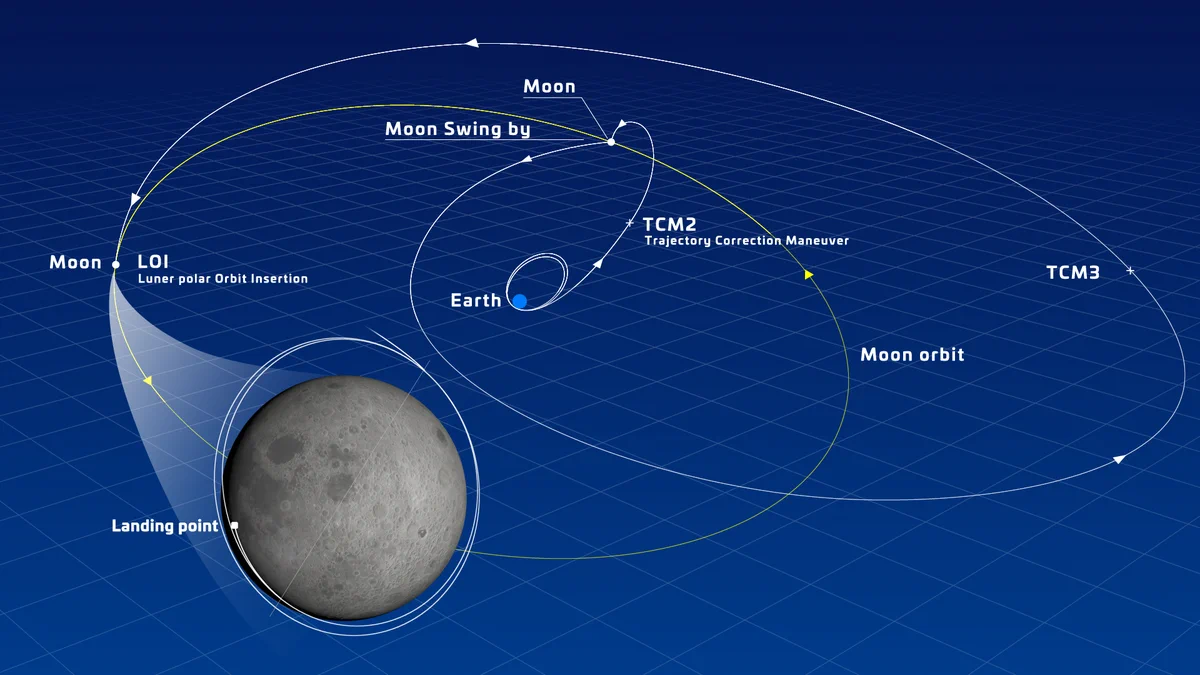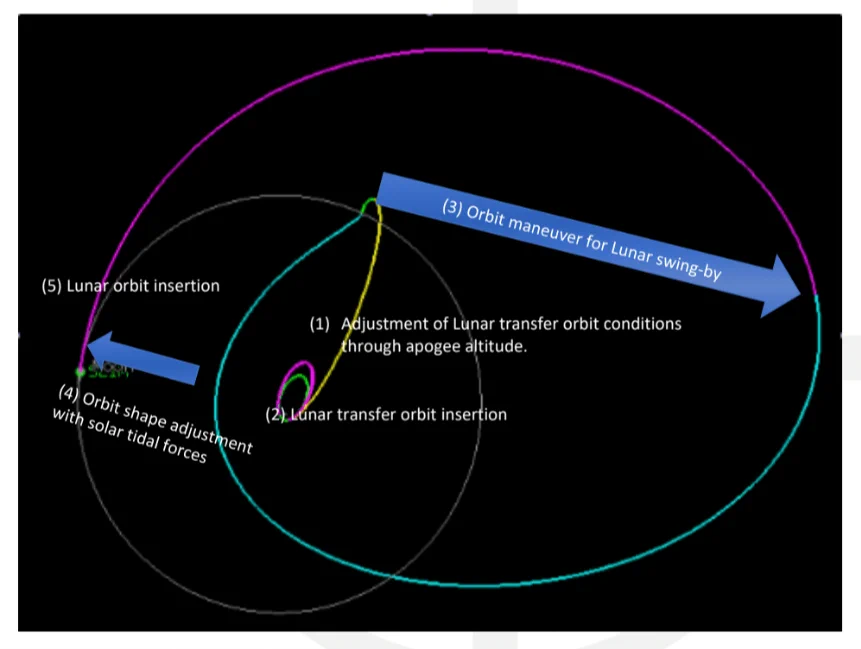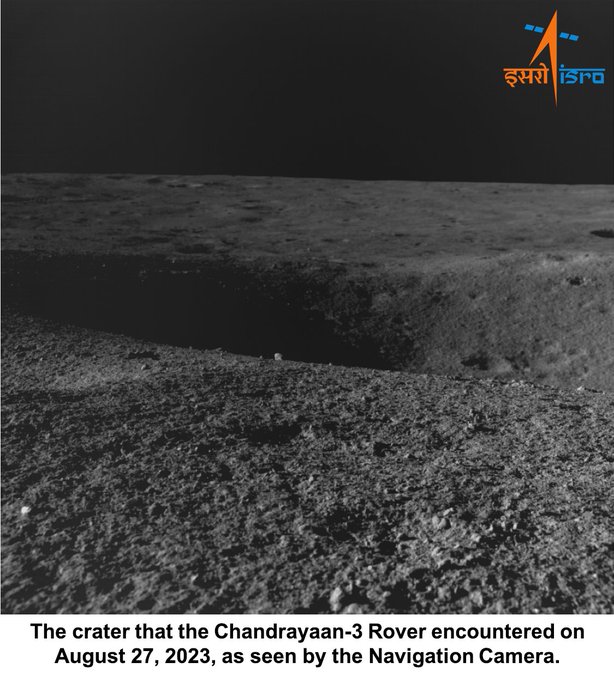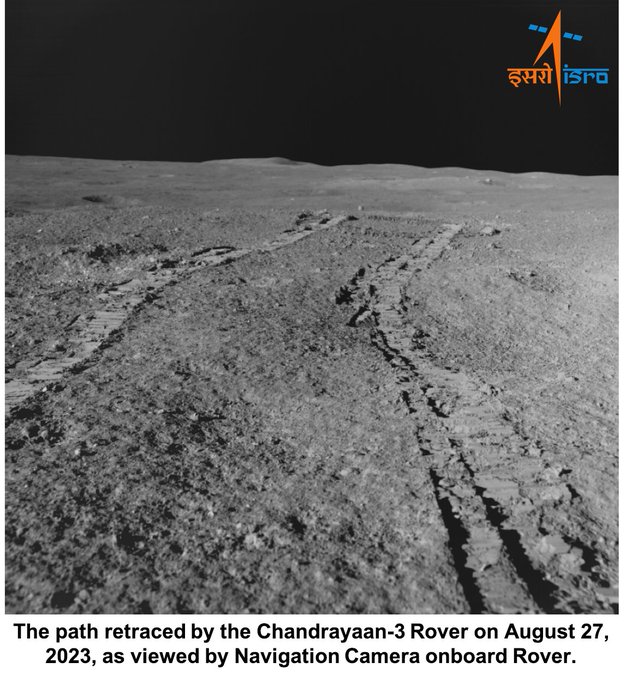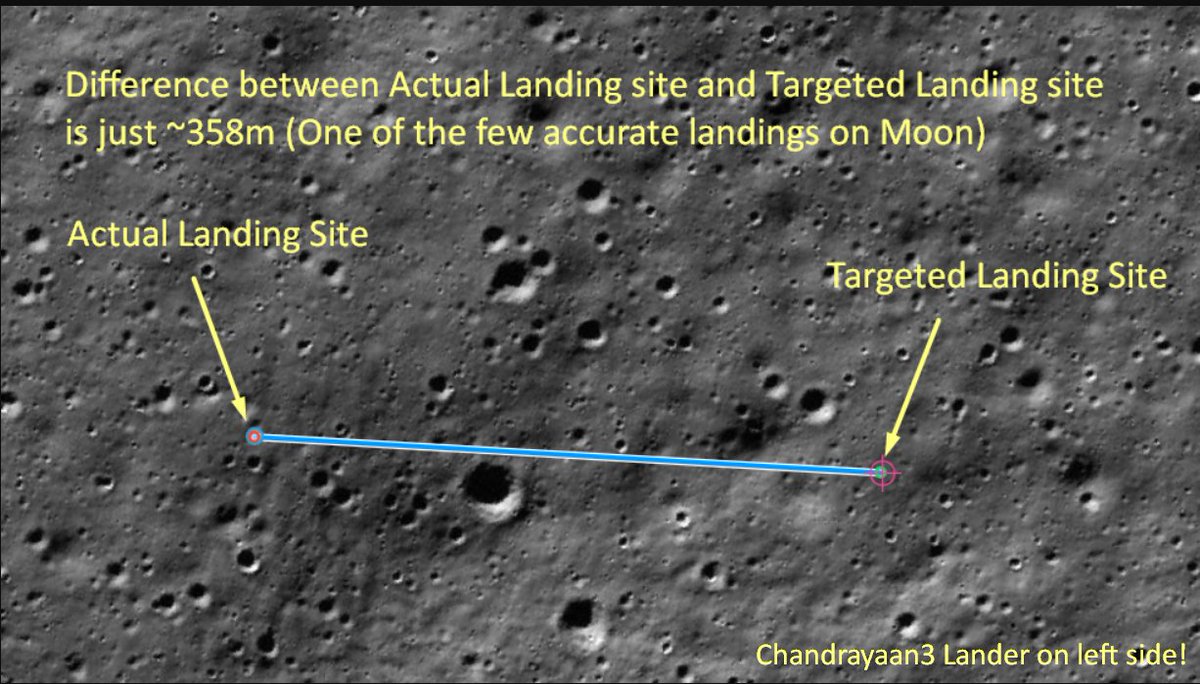The temperature above the ground cannot be warmer than the temperature of the ground surface. (The only other source of energy to the thermometer would be direct sunlight, and typically temperatures readings are not taken in sunlight- but this may be an exception here and was a bit surprised to see it. The other possibility is that the thermometer above the ground is close to the rover itself which may be hotter than the ground from solar heating. Parts of the rover are black whereas all of the lunar soil is white, so one can expect the rover to absorb more solar energy. But this hypotesis assumes that the thermometer is in close proximity to the rover- which I dont know.).juvva wrote: ↑27 Aug 2023 20:31since it is early in the morning ( at shiv shakti ) , the ground may be still retaining the cold of the night...SriKumar wrote: ↑27 Aug 2023 19:44 Why would the temperature increase above the lunar surface relative to the surface. The heat on moon surface is entirely due to the solar radiation absorbed by the moon surface. I guess the above-the-surface measurements are being done not in shade, and are catching the sunlight directly (typical temperature measurements are done in shade on earth but on the moon it may be OK since there is no air or clouds to mess up the measurements).
On a different note, the Russian craft had a nuclear thermal source and now crashed on moon. I hope it buried itself properly but one cannot be sure.

